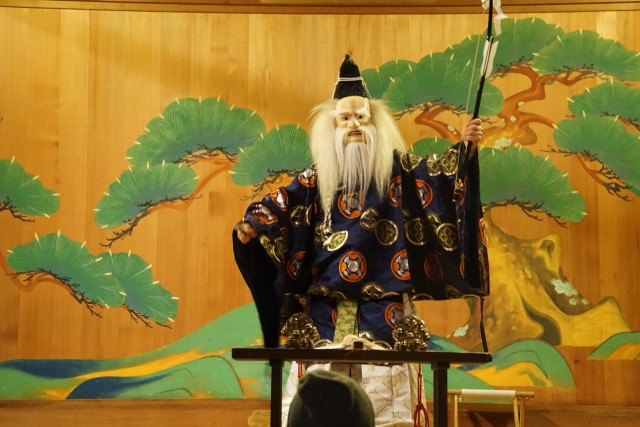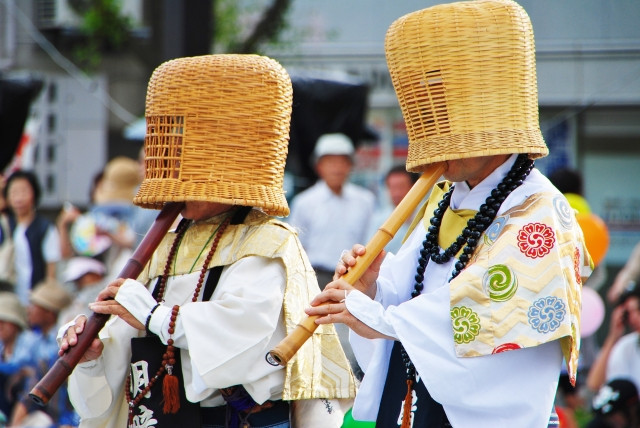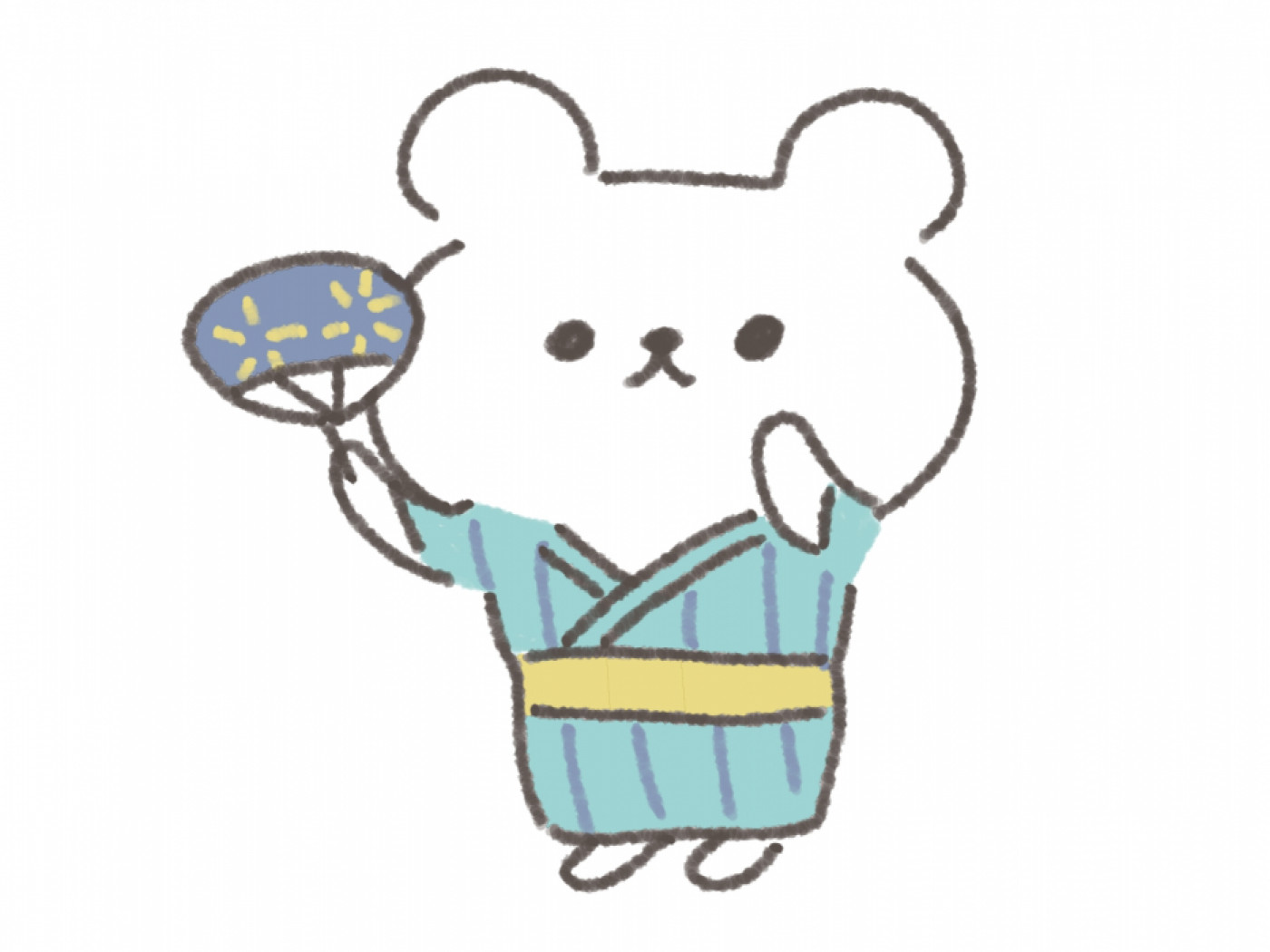There are many types of traditional Japanese culture. In this article, we’ll be exploring the performing arts category with a focus on traditional dances like kagura and noh. Also, a look into musical instruments like koto and shamisen. To wrap it up, a brief look at Japan’s masters of performing arts.
First Published: 2022/07/13
Updated: 2023/07/21
Table of Contents
- Brief Look at Japanese Traditional Culture
- Japanese Traditional Dance, A Part of Performing Arts
- Japanese Traditional Musical Instruments
- Geisha, the Master of Performing Arts
- Takeaway
About Japanese Traditional Culture

Main Types of Traditional Japanese Culture
There are many types of traditional Japanese culture. Some of them are well known overseas, such as performing arts, seasonal events, clothing, food, and dwellings.
For example, when it comes to clothing, the traditional Japanese clothing is the kimono (着物), food will be washoku (和食), and dwellings will be tatami (畳) or kotatsu (こたつ).
Decline of Japanese Traditional Culture
Traditional Japanese culture has been facing, not recently but for a while now, a decline due to the lack of successors to pass on the traditions.
Due to the rapid development of technology and with it an increase of modern forms of entertainment, demands for Japanese traditional culture have dropped significantly. As a result, the number of people getting involved in the art is steadily decreasing making it difficult to maintain and pass down the culture.
Another contributing factor is Japan’s well known social issues of a low birth rate and a growing aging society.
Writer's Pick
Japanese Traditional Dance, A Part of Performing Arts
A category or type of traditional Japanese culture is performing arts called Geinou (芸能) or Geidou (芸道) in Japanese. There are many examples of performing arts including Kado, Sado, Shodo, kabuki, noh, musical instruments.
In this article, we will be looking at a selection of traditional performing arts with a focus on dance.
Kabuki 歌舞伎

Kabuki is a traditional Japanese play characterised by dramatic movements, elaborate costumes and outstanding makeup. It is a traditional performing art unique to Japan. Developed in the Edo period, elevating and rotating stages have been incorporated into Kabuki plays following the advancement of technology. Today, it is world-famous with many spectators from overseas coming to Japan to watch it. In 2008, Kabuki was listed on the representative list of intangible cultural heritage.
Find out about the finer details of Kabuki in our article detailing the performing art’s history, play genres & plays, behind the scenes information (song, stage, acting styles), and where to catch a Kabuki play.
※ Agency for Cultural Affairs, “無形文化遺産 (Intangible Cultural Heritage)”
Noh 能

Noh is one of the traditional Japanese performing arts that has continued since the Muromachi period. It was registered as an intangible cultural heritage in 2008, the same year as Kabuki.
Noh is a general term for traditional performing arts such as Noh, Kyogen (狂言), and Shiki Sanban (式三番):
-
Noh plays are accompanied by music performed by Hayashi (囃子 - Noh music accompaniment) and Utai (謡 - Noh recitation or vocals) whilst an actor wearing a Noh mask performs a historical story. The mask changes depending on the character played in the story.
-
Kyogen, on the other hand, is a comedy play that makes use of plenty of dialogue and is generally performed without a Noh mask. The exception is when a non-human character is played.
-
Shiki Sanban is a type of Noh play performed as a Shinto ritual. It is recognized more as a traditional religious culture than a performing art because the purpose behind the performance is to pray for bountiful crops.
You can read about Noh in our article that explains Noh’s history, different types of Noh masks, the many roles involved in a Noh play, and where to watch Noh in Japan.
Nihon-Buyo 日本舞踊
Nihon-buyo is a traditional Japanese performing art based on Shosagoto (所作事), one of three main categories of Kabuki genres. Unlike Kabuki which is only performed by men, nihon-buyo can also be performed by women. Since the Meiji period, Nihon-buyo has gradually gained popularity though mainly amongst women.
It is characterised by dancing in imitation of natural landscapes whilst using a fan as a prop. In addition, many different characters such as young maidens, foxes, and samurai are expressed through dancing. Since a single person may dance different roles, mastering expression through dance and dancing techniques is important.
Another thing to know about nihon-buyo, although nihon-buyo translates to “Japanese dance”, it does not refer to a category of Japanese traditional dances. Kabuki, noh, bunraku are known by their individual names in the general topic of Japanese traditional performing arts, though for ease of understanding many people explain them as Japanese traditional dance. Well, nihon-buyo actually refers to several forms of dance genres:
-
Kabuki-buyo 歌舞伎舞踊: A dance that appears in a Kabuki play, accompanied with joururi (type of shamisen) and nagauta (long song).
-
Matoi (纏舞): Dance whilst manipulating a large flag called Matoi.
-
Kusemai (曲舞): With a fan as a prop, dance to a unique rhythm to tell a tale
-
Nenbetsu-buyo (念仏踊り): Dancers jump to the rhythm of a bell while chanting the Nenbutsu - Buddha’s name and achievement
-
Bon Odori (盆踊り): A dance to entertain and welcome the dead who have returned for Obon (お盆 - Japan’s Festival of the Dead)
and more.
Kagura 神楽
Kanda Shrine Gagaku ・Mikomai (巫女舞)
Kagura is a sacred ceremonial dance dedicated to the Gods in Shintoism, one of the dominant religions in Japan. It is believed by many that Kagura was the dance performed by some Gods to lure Amaterasu out of her cave in an ancient myth.
Kagura can be broadly divided into 2 forms; Mikagura which is a sacred ritual performed at the imperial palace, and Kagura consisting of all the other styles of kagura:
-
Mikomai (巫女舞): A dance performed by shrine maidens.
-
Torimono Kagura (採物神楽): Dancer wields objects and dances to tell a story
-
Tosa Kagura (土佐神楽): Frenzied dancing whilst dressed up as gods or demons
and more.
In ancient times, Kagura was performed to pray for or show appreciation for bountiful harvest, safe health, and good haul of fish. This practice has been passed down to the present, the difference is that not just Shinto priests and shrine maidens are allowed to dance, many ordinary people who earnestly want their wishes granted and their voices heard by God can dance too.
Traditional Japanese Musical Instruments
Dancing comes hand in hand with music, so let’s look at some traditional Japanese instruments.
Koto 琴
「久遠」(Kuon) from「Kono Oto Tomare! Sounds of Life 」Anime
Koto is not the same as the Chinese musical instrument Gu Zheng (Chinese: 古筝), though they are in the same class of stringed instruments called zither. The modern koto has 13 or 17 strings, whilst the gu zheng most commonly has 21 strings.
It is said that the Japanese Koto was already in existence during the Yayoi period. In ancient Japan, it was considered sacred and a symbol of power and of the ruling class used only in rituals.
The ancient koto had 6 strings. Koto players would attach koto plectrums to the thumb, index finger and middle finger of their right hand to pluck the strings, and use their left hand to press the strings to adjust the sound. In contrast, the gu zheng had 13 strings supported by bridges. Gu zheng players would adjust the sound via the bridges before playing.
Shamisen 三味線
杵家七三 (Kineie Nami) Shamisen Cover of Kimetsu no Yaiba (Demon Slayer) Opening Theme Song「紅蓮華」(Gurenge) by LiSA
Shamisen is a Japanese instrument that is popular overseas as well. It is said that in older days when Okinawa Prefecture prospered as the Ryukyu Kingdom, a Sanxian (Chinese: 三弦) from China inspired the makings of shamisen. To play a shamisen, a plectrum called 「撥 bachi」is required. An interesting feature of the bachi is that the sound changes depending on the usage of the sharp tip or rounded part of the plectrum.
Since a long time ago, not just for musical performances, the shamisen has been used in kabuki and other traditional performing arts. Difference in the shamisen’s sound range and neck broadness makes it suitable for different situations:
Thin-necked Shamisen
Suitable for beginners so used in shamisen schools
Medium-necked Shamisen
Suitable for ballads (小唄 kouta) and folk songs.
Thick-necked Shamisen
Suitable for powerful performances as it produces deep strong notes
Shakuhachi 尺八
中村仁樹 (𝑀𝑎𝑠𝑎𝑘𝑖 𝑁𝑎𝑘𝑎𝑚𝑢𝑟𝑎) Shakuhachi sound -JIN- Shakuhachi Cover of 「もののけ姫」(Mononoke Hime) Theme Song
Shakuhachi is a bamboo flute named for its length of shakuhachi:
-
Shaku (尺) is a unit of measurement for distance. 1 shaku is 30.3cm.
-
Hachi (八) means eight in Japanese, together shakuhachi means 1.8 shaku.
-
1.8 shaku is 54.54cm.
It is said to have been brought over from China during the Nara period. It is often played with Japanese instruments koto and shamisen.

In the Edo period, shakuhachi were known to be played by Komuso, a group of Zen monks characterised by the straw buckets over their heads. They would practise playing the flute whilst travelling around Japan.
Taiko 太鼓
和太鼓グループ彩 -sai- (Japanese Drum Group -sai-) Special PV for「RAINBOW -虹の向かう先-」(RAINBOW - on the other side of the rainbow-)
Wadaiko (和太鼓), or simply Taiko, is the general term for all Japanese traditional percussion instruments. There are different types of taiko drums from 「大太鼓 dai-taiko」 and 「鞨鼓 kakko」 used in Gagaku, to 「締め太鼓 shime-taiko」 and 「楽太鼓 gaku-taiko」 used in kabuki and folk entertainment. Taiko is characterised by its impressively loud and deep sounds. You can even feel the vibrations in your head and stomach.
Taiko has a long, over 2000 years, history in Japan, so much so that its origins are unclear. Compared to many Japanese traditional musical instruments who struggle to remain relevant in modern times, Taiko has continued to play an important role in present Japanese culture. This is because Taiko is an essential instrument during Japanese festivals and events. With so many festivals and events celebrated across Japan, taiko which is a huge part of the festivities go part and parcel with life in Japan. Even now, many young people are interested in watching Taiko performances and doing Taiko.
One such example is 和太鼓グループ彩 -sai- (Japanese Drum Group -sai-) that started out as a University of Tokyo circle (club/society) in 2005 but went professional in April 2013. This year (2023) they celebrate are celebrating their 10th Anniversary with a big bang! Many of their members are young and in their 20s. Their performances are energetic and spirited, just like attending a concert! Since they went professional, they have performed over 250 times, even overseas.
Another example of Taiko's popularity even in modern times is popular arcade and video game 太鼓の達人 (Taiko no Tatsujin) by Bandai Namco. The arcade game in particular is a common sight at almost every arcade center in Japan.
Geisha, the Master of Performing Arts
Geishas (芸者) are professional entertainers who are masters of different form of Japanese performing arts including dancing, singing, playing musical instruments. Geishas are also usually skilled in another one or a few forms of performing arts, the common ones being tea ceremony and ikebana. They are also well trained in Japanese forms of hospitality and excel at communicating with guests.
Aside from their prowess at entertainment, geishas are characterised by their beautiful kimono, elaborate updo hairstyles, and white powdered faces. There are many stages to becoming a geisha, from shikomi-san (仕込みさん) to minarai-san (見習いさん), to maiko (舞子) which may last a few years, to finally becoming a full-fledged geisha.
It is possible to tell whether one is a geisha or maiko from their difference in appearance, for example maiko wear okobo shoes whilst geisha wear geta or zori, and maiko wear furisode whilst geisha wear shorter sleeved kimonos. The difference might not be apparent to the untrained eye.
The most famous place to see geisha is, of course, Kyoto. But, you can also see and meet geisha in other parts of Japan too, like Hyogo’s Arima Onsen, Asakusa and Kagurazaka districts in Tokyo, Yamagata City’s Yamagata Maiko, and Fukuoka’s Hakata Kenban.
Takeaway

There are various types of traditional Japanese performing arts such as theatre, music, and dance. Each of them is special in their own right. It may seem difficult to get into it but once you try it you’ll find yourself fascinated by its unique charm.
With the growing number of overseas interest into Japanese performing arts, the industry has developed to make it easier for foreigners to enjoy Japanese culture - theatres prepare English pamphlets and scripts and Youtube videos are subtitled too. So why not give yourself a chance to experience tradition in Japan.





































